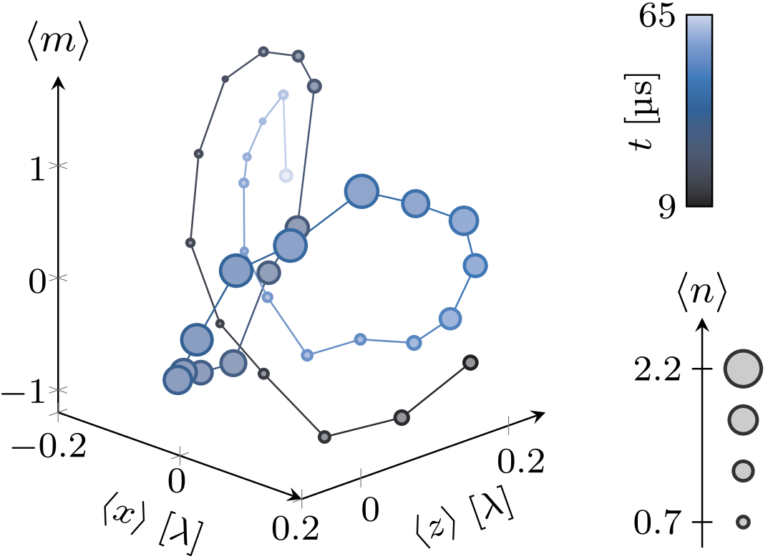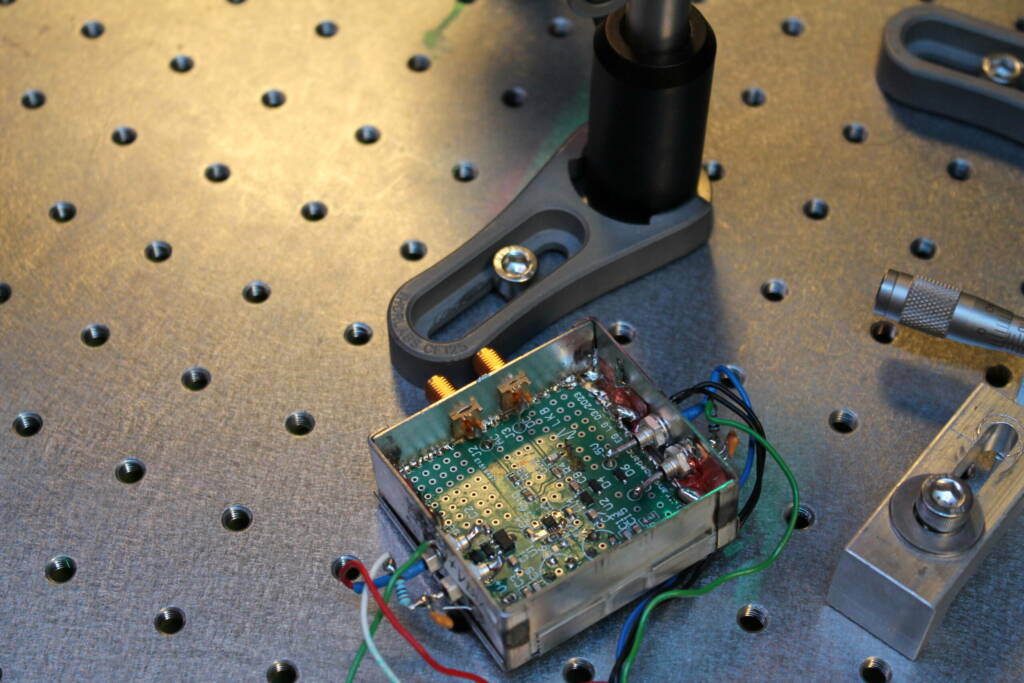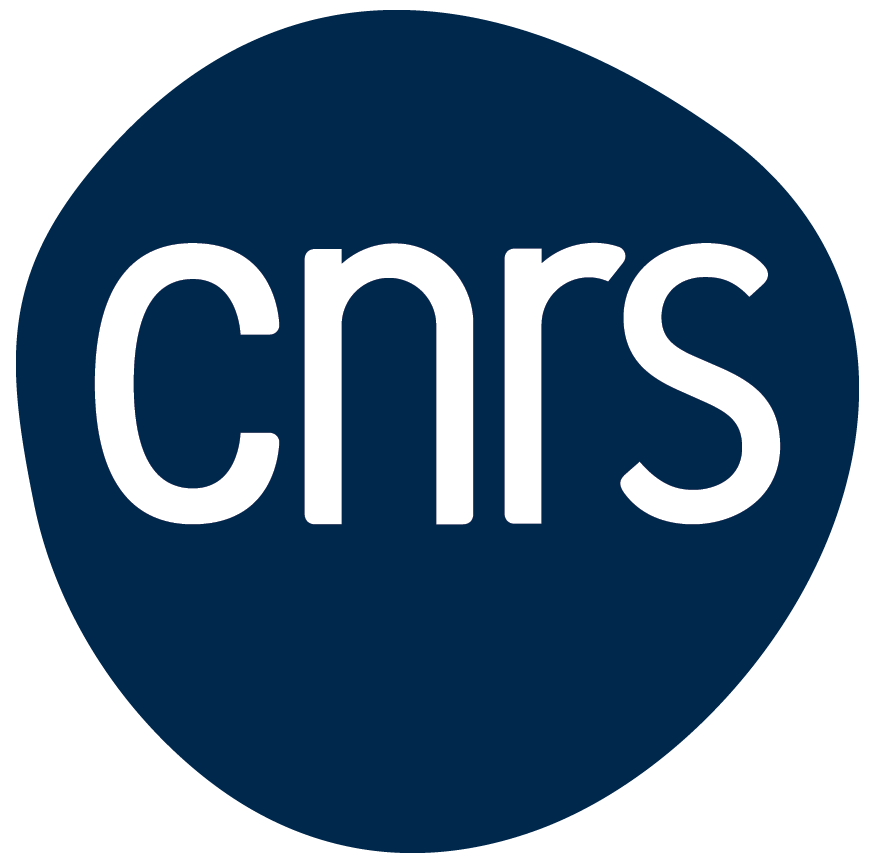Quantum Hall effect in 4D
Researchers at LKB have created cold dysprosium atoms showing 4D quantum Hall effect behavior by utilizing synthetic dimensions !
This breakthrough opens new avenues in quantum physics beyond solid-state systems.

Researchers from the Kastler Brossel Laboratory (LKB) have created a system of cold dysprosium atoms whose spatial dynamics are correlated with their internal spin state. By interpreting these discrete internal degrees of freedom as fictitious lattice sites aligned along a synthetic dimension, the atoms behave as particles moving in four dimensions. In this picture, the spin-orbit coupling realizes a generalized magnetic field, allowing for the observation of the 4D quantum Hall effect: a topological phenomenon associated with higher-dimensional quantum matter. This cold atom system, realized by the LKB team, constitutes the first physical realization of this topological class.
This study shows that the flexibility of cold atom systems and the use of synthetic dimensions make it possible to create new classes of quantum systems with no equivalent in solid-state physics. Extending this research to interacting systems paves the way for the discovery of even more exotic phases of matter.
Explanation of the figure: The figure illustrates the measurement of a cyclotron orbit of a wave packet evolving in the topological band structure. In addition to the three Cartesian coordinates of the trace, the fourth dimension is encoded in the size of the points, and the evolution time in their colour. The researchers measured a non-planar cyclotron orbit, which contrasts with the three-dimensional case where cyclotron orbits are circles. This measurement illustrates one of the peculiarities of the generalisation of the Hall effect in higher dimensions.
These results are published in Science:
J.-B. Bouhiron, A. Fabre, Q. Liu, Q. Redon, N. Mittal, T. Satoor, R. Lopes, and S. Nascimbene, Realization of an atomic quantum Hall system in four dimensions, Science 384, 223 (2024)
Read also
CNRS Recruitment – Join the LKB
External Recruitment for Researchers (M/F)
Nathan Goldman is among the Highly Cited Researchers
Clarivate list



